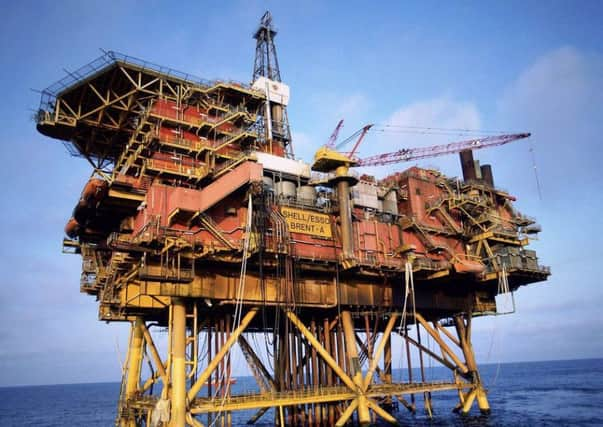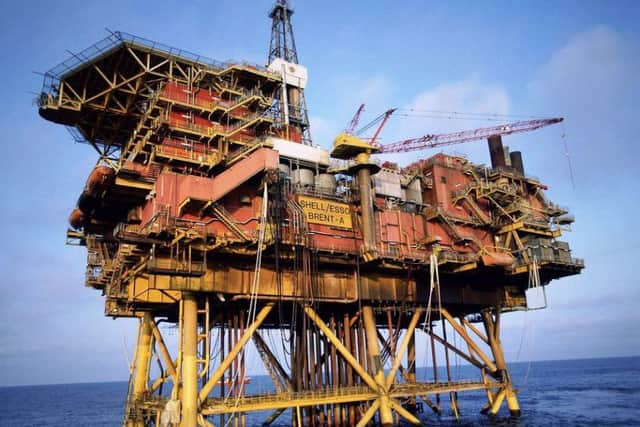How much oil is left in the North Sea?


The collapse in the price of oil has affected everything the north-east economy to the SNP’s case for independence.
Thousands of jobs have been lost in the industry, with many believing that production would start to wind down as the finite resources finally running out.
Advertisement
Hide AdAdvertisement
Hide AdOne columnist even described the industry - once a powerhouse for the Scottish and UK economies - as being in its ‘death throes’.


Practicalities
It is important to note that the amount of oil in the North Sea is not the same as that which can be recovered, known as the barrels of oil equivalent (boe) of reserves.
One report published earlier this year by Professor Alex Kemp of Aberdeen University estimated that as much as 11 billion barrels of oil equivalent could be recovered from the UK’s continental shelf until 2050.


With the price of a barrel of oil falling from its $100 plus high of 2011 to its current status of $57 (after falling as low as $30),industry and academic reports continue to stress the importance of productivity.
Prof. Kemp’s report said: “If productivity can be significantly enhanced the economic recovery from the province can be greatly increased and the supply chain can benefit from a greatly expanded market.”
Positivity
While some of the biggest companies involved in North Sea Oil extraction are now focussing on decommissioning, the willingness of start-ups to commit to expansion in the industry has renewed some positivity.
A report published in August by Wood Mackenzie, touted a renaissance of activity and investment in the region, with some industry veterans seeing the North Sea as an equivalent to the Permian Basin in America, known as ‘the gift that keeps on giving’.
The lower price of oil is encouraging companies to get involved in the market at the ‘late-life’ stage, with 250 million boe reserves found in a single well discovery.
Advertisement
Hide AdAdvertisement
Hide AdThe Wood Mackenzie report added: “Deals being struck at low valuations have seen companies get into under-invested assets with room for upside.
“As much as 15 billion barrels of undeveloped North Sea resources, and lower costs have attracted companies to the development model.”
Expert input
Some of the most well-researched warning signs about the impact of the falling oil price came from the Fraser of Allander Institute at Strathclyde University.
The non-partisan body is perhaps best-known for its analysis of Scotland’s economy, published alongside the annual GERS report.
Professor Graeme Roy, director of the Fraser of Allander Institute, told the Scotsman: “The outlook for the oil and gas sector has undoubtedly improved in recent months, but it remains challenging.
“Significant steps have been taken to reduce costs and to improve efficiency. As a result, the sector is now much more competitive than it was just a couple of years ago.
“That being said with the relatively low oil price, and Scotland’s reserves increasingly concentrated in areas of the UK Continental Shelf where extraction is expensive, investment, exploration and appraisal activities remain very low.
“Activity in the North Sea will continue for years to come, but on an increasingly smaller scale as more fields mature.
“Attention is now switching to extracting the remaining accessible reserves cost effectively and looking at opportunities to diversify into new technologies and sectors.”